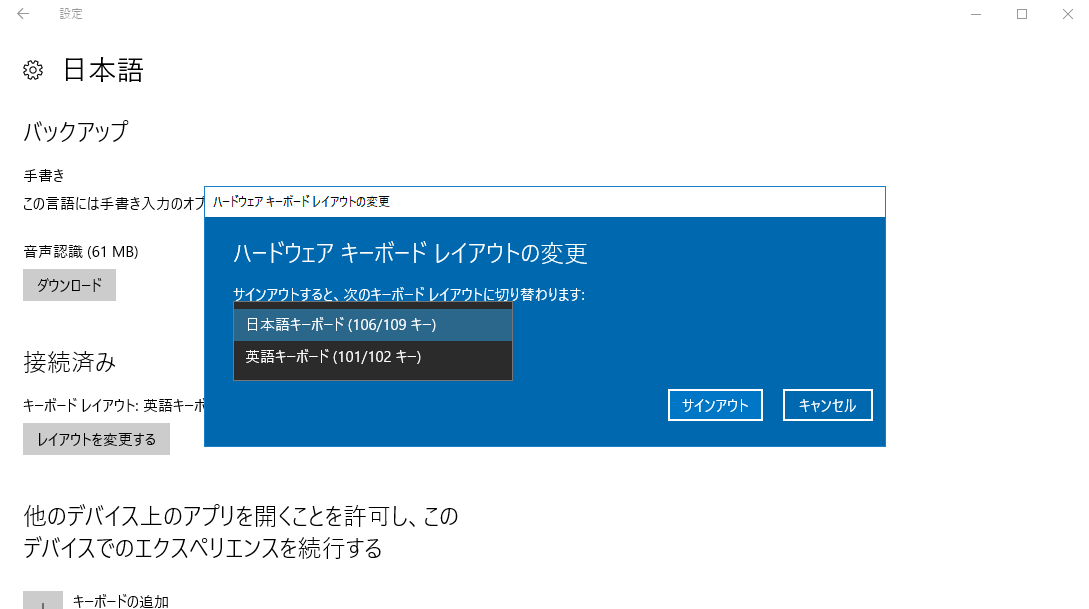
#AMAZON WORKSPACES WINDOWS 10 KEYGEN#

However, AHEAD expects a Linux OS offering to be on Amazon’s roadmap. The next component of the bundle is the operating system and in this case, Amazon makes it easy by only providing one choice: Microsoft Windows. The D drive is variable depending on the bundle you choose and is where all user data is stored. Amazon recently increased the size of the system drive to 80 GB. The C drive is fixed for all WorkSpaces and is where the OS and applications are installed. Each Amazon WorkSpace is created with two disks, a C and D drive. It should be noted that the storage figure is actually user storage, not system storage. The majority of WorkSpaces will be created using the Standard or Performance bundle.

Graphics – 8vCPU x 15 GB memory x 100 GB storageĪlthough there are four different instance types, the Value bundle is not really fit for running a WorkSpaces instance that will be used on a regular basis.Performance – 2 vCPU x 7.5 GB memory x 100 GB storage.Standard – 2 vCPU x 4 GB memory x 50 GB storage.Value – 1 vCPU x 2 GB memory x 10 GB storage.However, unlike EC2 where there are dozens of instance types to choose from, Amazon only provides four choices for WorkSpaces. Here is the breakdown of the components of a WorkSpaces bundle:įirst there is the virtual hardware, which is essentially an EC2 instance under the covers. WorkSpaces FoundationĪmazon uses the term “bundles” to describe the combination of virtual hardware, an operating system, and applications that will be used for a given virtual desktop. AHEAD helps organizations understand its vision for DaaS and designs the infrastructure foundation to ensure the service meets all availability, performance, and cost requirements.

The public cloud used for virtual desktop deployment should be designed for frictionless scalability and result in a simplified operational model for ongoing support and maintenance. IT has shifted its stance by embracing the cloud and leveraging it as an extension to its data center strategy, which includes all security and governance requirements. AHEAD recommends for all virtual desktop initiatives to be rationalized between both a traditional on-premises virtual desktop (VDI) approach and a DaaS solution.Īs organizations evaluate on-premises VDI against DaaS, key benefits will arise and value will be understood throughout each solution. As DaaS is becoming more relevant amongst AHEAD’s client base, rapid delivery and infrastructure scalability are driving this relevance and becoming critical success factors for these initiatives. AHEAD helps organizations architect, design, and deliver a Desktop as a Service (DaaS), specializing in Amazon WorkSpaces.


 0 kommentar(er)
0 kommentar(er)
